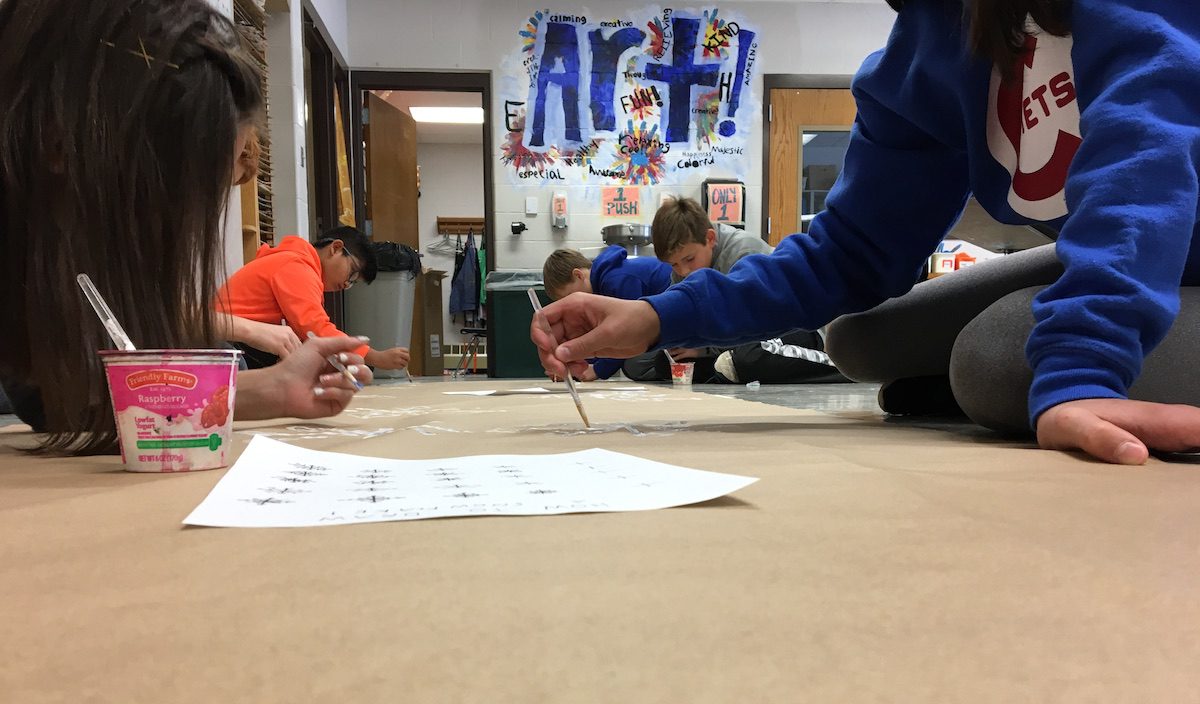Making sure education has a place for all types of students is an essential part of being a teacher. Educators are asked, if not required by law, to accommodate many different subcategories of students’ academic needs. We must also consider gender, race, socioeconomic status, country of origin, and even birth order as we prepare and execute lessons. It is a lot to think about.
Often overlooked, however, is the idea that all students fall somewhere on a spectrum of introverted to extroverted personalities. Little training exists for educators to nurture these different personality traits; especially those of more introverted students.
The Extrovert Ideal
According to Susan Cain’s New York Times bestselling book, Quiet: The Power of Introverts in a World That Can’t Stop Talking, this lack of understanding in the classroom is a cultural phenomenon prevalent in the United States. Cain suggests, “We’re told that to be great is to be bold, to be happy is to be sociable. We see ourselves as a nation of extroverts.” As a country, we subscribe to what she describes as, “The Extrovert Ideal” – the omnipresent belief that the ideal self is gregarious, alpha, and comfortable in the spotlight.”
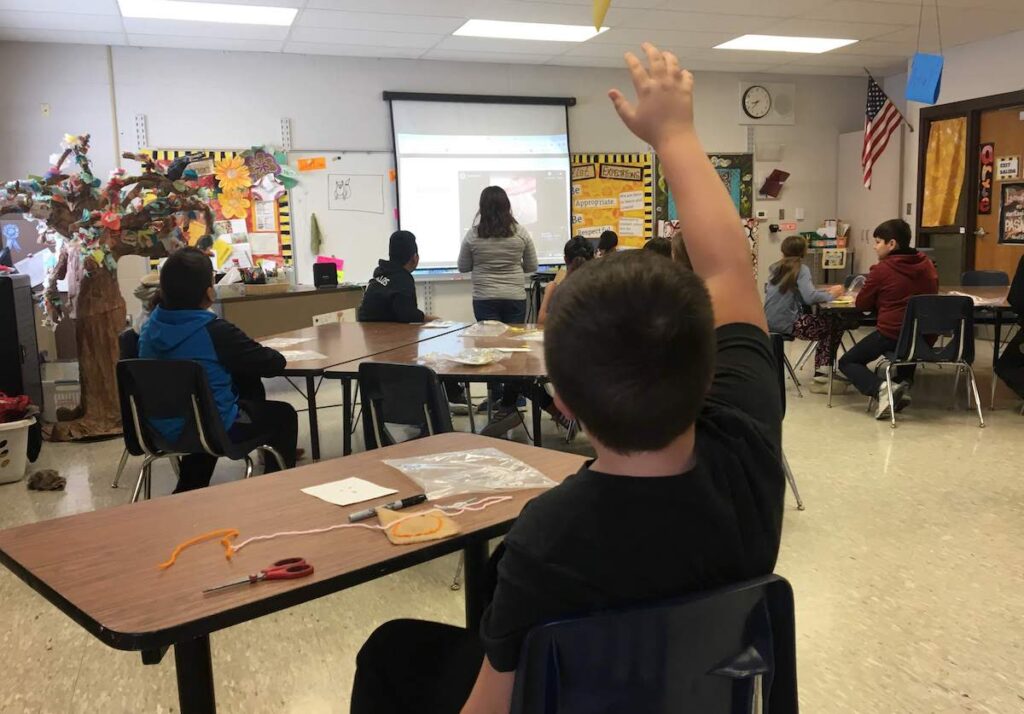
No matter where you, as a teacher, fall on the introversion/extroversion spectrum, you have more than likely fostered an environment that values participation and interaction in your classroom. This is a good thing! You enjoy and see the value of your vocation when students eagerly raise their hand to answer a question, work collaboratively on an artwork, or when they ask a more thoughtful question about an artist than, “Is he dead?” Keep doing what you are doing to encourage those things!
In the same vein, you have also more than likely called a student shy, wished the quiet rule-follower would stand up for him or herself, or become mildly annoyed at the student who is taking forever to complete a project.
So, how do you nurture both groups and everyone who falls in between?
Here are some ideas to try in your art classroom to benefit ALL students:
Include Quiet Time in Each Class Period
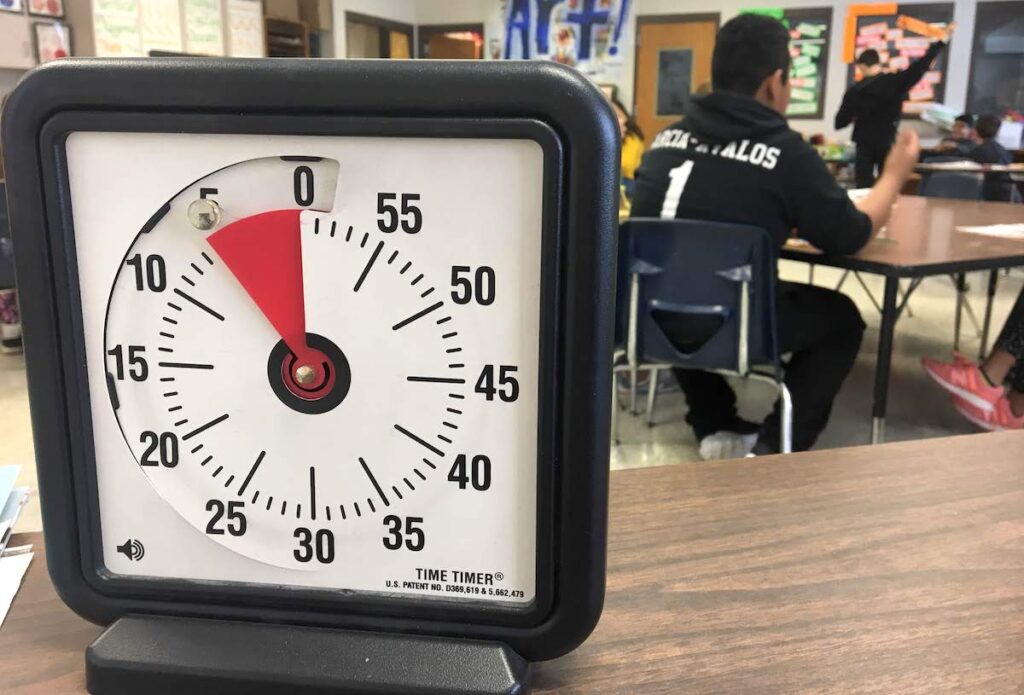
Thanks to Cassie Stephens from Everyday Art Room for this strategy. Make the first five minutes of work/creating time a no-talking environment. No one can ask questions. No one can ask for supplies. Nada. Zip. Zilch. That includes you as the teacher.
Quiet time has MANY benefits. It is like a breath of fresh air especially after the often hectic introduction and supply harvesting at the beginning of class. Play soft music, if necessary, to quell the “awkward silence.” Try introducing it to your students, especially at the elementary level, as a game or challenge. If they believe they are beating you at your own quiet game, it will catch on in no time. It makes being quiet an expectation instead of a preference, allowing students to ease in and focus on their creative time.
This strategy also gives those who crave the quiet some much-needed respite. And, as a bonus, it gives you time to reflect and assess how things are going. You might be pleasantly surprised when a normally active and vocal student requests quiet time. Furthermore, it requires no special materials or accommodations. There is no reason not to give it a try.
Allow Students to Talk in Pairs Rather Than in Front of the Class
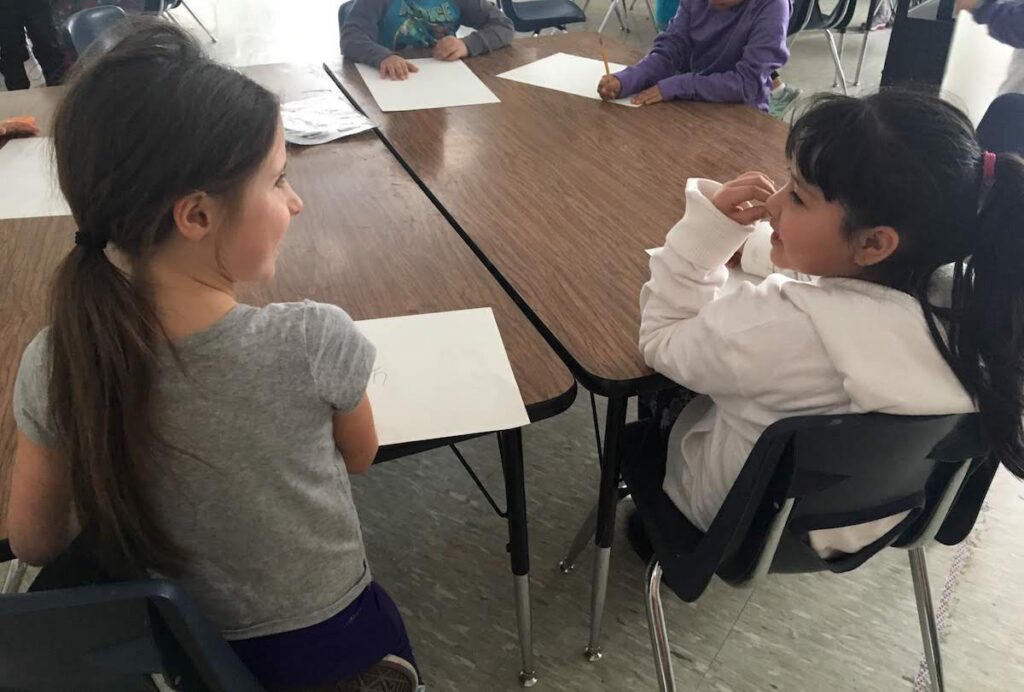
As the teacher, we are the main discussion leaders in our classrooms. It is very common to ask a whole group of students a question and then ask for an answer from a single raised hand. Another way to foster discussion that will not put all eyes on you or an individual student is to “Go Next Door” (in other words, turn to a neighbor) for a question and answer.
Give students the question prompt and then a hint for the answer. It works best if you have talked about something and review the information before “Going Next Door.” It looks like this:
Student A: Who painted The Starry Night?
Student B: That one guy who chopped off his ear…Van Goo?”
Student A: I think it is Van Gogh.
Student B: Yeah, that sounds right.
It can be tricky to keep students on task, but if the guidelines and model are set in place, students will benefit. This is a great tool because students are practicing their language with each other, the entire focus of the class is not on one person, and students practice competency in content knowledge. Win-Win-Win.
Give a Heads-Up About Group Work
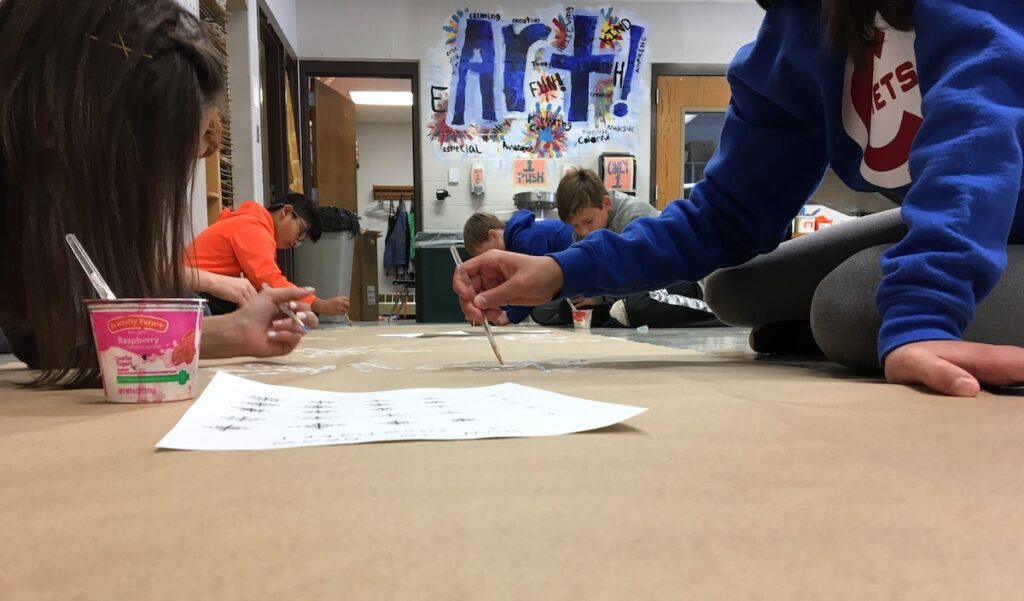
Working in groups and collaborating are wonderful things in the art classroom. It is a way to encourage communication skills, learn from others, and enhance 21-century skills. Despite the benefits, some more introverted students will immediately tense up and dread the experience.
A way to ease some of the anxiety of group work is to give your students a heads-up. Let students know what to expect and what they can look forward to. Tell them a week ahead of time. Show them examples of the good that can come of working together on a project. Give specific roles and responsibilities, if needed, to ensure students know their expectations. Also, alternate individual and group projects in a given term.
Acknowledge Students for Going Outside of Their Comfort Zones
We all love some positive feedback. All learners (and teachers!) benefit from hearing we have done something right, even if it is difficult. It gives students the encouragement needed to try a task again. The next time you notice one of your more introverted students going out of their comfort zone, let them know you did. No need to wave a wild flag of attention, but simply saying, “Thanks for participating in class today. You worked so well with others!” or, “I knew you could answer that question in front of the group. Nice job!” can go a long way. By encouraging what does not come as naturally, students gain a little confidence knowing you noticed.
Avoid the “S” Word
This is not the “S” word you might mutter under your breath as you drop a student’s ceramic artwork on the floor or try to open a glue bottle. It is a word you have said freely to describe a student or maybe even yourself: shy. According to Cain, although there is often a correlation between being shy and that of a more introverted personality – they are not parallel.
In reality, shy is a term to describe someone who does not want to be the center of attention in a given experience. However, shy is often a negative word in our society and is associated with anti-social behavior, anxiety, and excessive nervousness around others. In calling a student shy, they might “believe the label and experience [their] nervousness as a fixed trait rather than an emotion [they] can control.” Cain urges educators to avoid shaming students for their shyness. Instead describe students as, “of a quiet nature” or someone who, “likes to concentrate on their artwork individually.” Sure, it takes a few more words, but it also avoids the heavy label.
Share Your Own Experiences
Have you ever wanted some quiet time? Not felt like participating in a group? Felt nervous as all get-out to talk in front of colleagues? Wanted more time to finish a project? Tell your students about it! What did you learn? Was it as bad as you thought it would be? How did you cope? Share your experiences of not wanting to be social or the center of attention. Tell your students it is okay, but that sometimes we have to push outside of our comfort zone anyway. Encourage them by giving them safe places and opportunities to practice the spectrum of introverted and extroverted experiences.
Regardless of how you might feel about categorizing students with confining personality traits, it is essential for all types of learners to be considered in your classroom. Instead of thinking about nurturing your more introverted students as another thing to do, look at it as benefiting ALL students.
Furthermore, the above ideas are not to suggest students are either an introvert or extrovert and one is preferred over the other. This is absolutely not the case. By acknowledging the common tendency of classrooms to cater more to extraverts and taking steps to balance the creative experience for introverts, you are practicing a better-informed model of differentiation.
Have you ever described a student or yourself as shy? What did you mean by this term?
What strategies have you used to foster a better learning environment for your more introverted students?
Magazine articles and podcasts are opinions of professional education contributors and do not necessarily represent the position of the Art of Education University (AOEU) or its academic offerings. Contributors use terms in the way they are most often talked about in the scope of their educational experiences.
